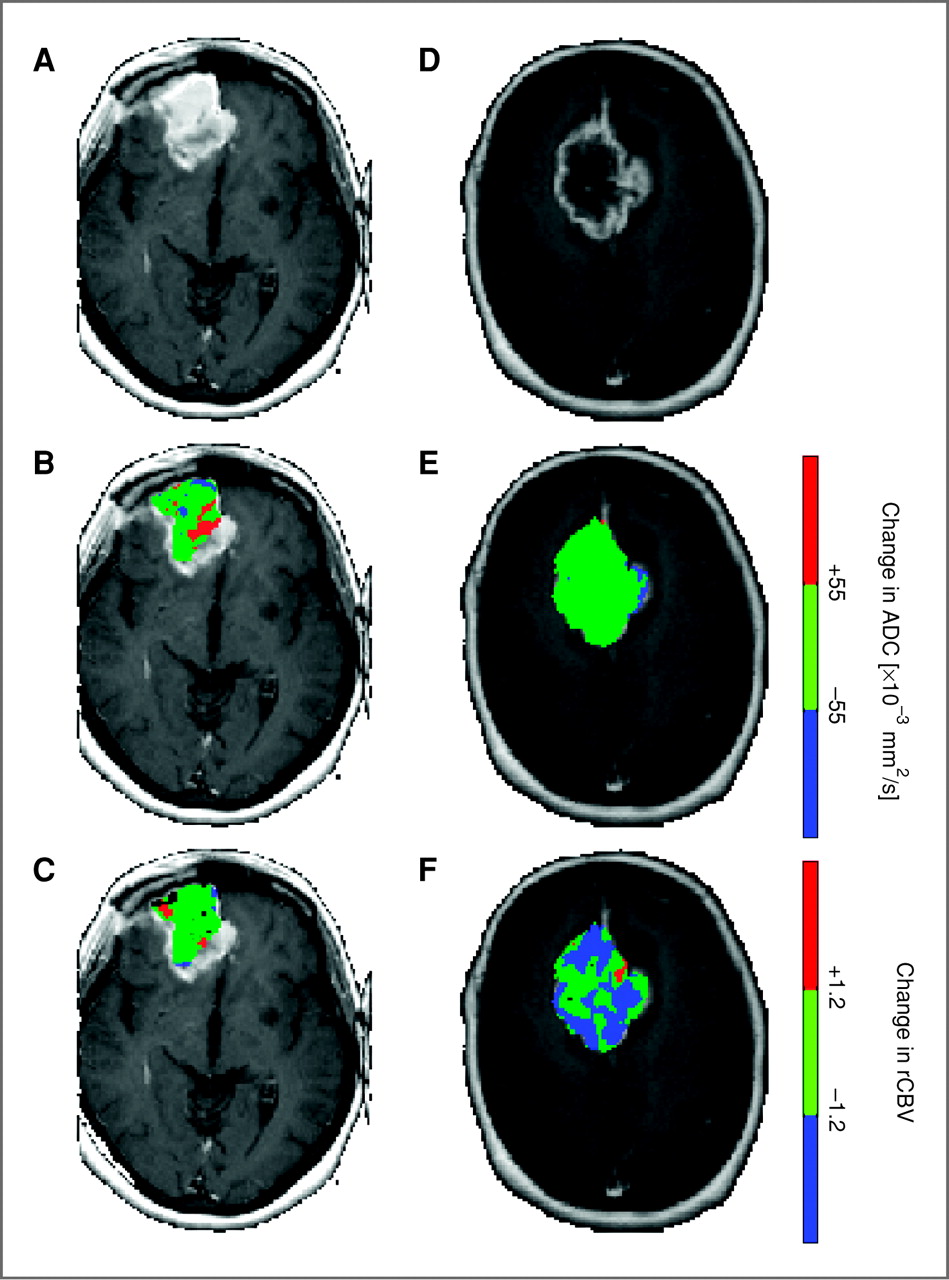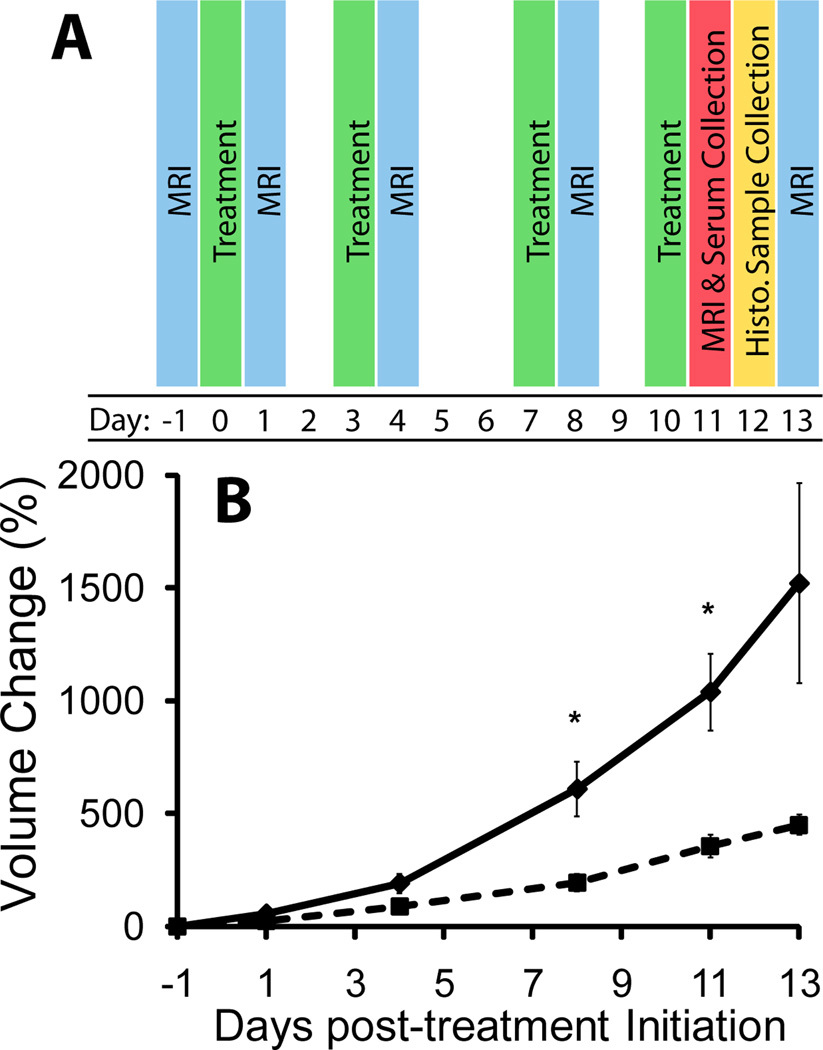Prospective Analysis of Parametric Response Map–Derived MRI Biomarkers: Identification of Early and Distinct Glioma Response Patterns Not Predicted by Standard Radiographic Assessment
Imaging biomarkers capable of providing early cancer treatment response assessment would allow the opportunity to individualize patient care. For this purpose, images can be obtained which detect treatment-associated alterations in tissue properties including cellular viability, vascular function and volume, and biochemical and molecular responses. In this study, multiparametric quantification of perfusion- and diffusion-weighted MRI brain tumor maps was accomplished using a novel voxel-by-voxel analysis approach known as the parametric response map (PRM). The PRM composite imaging biomarker was found to provide early identification of patients resistant to standard chemoradiation. Validation of the PRM imaging biomarker would allow for routine clinical application as an early identifier of patients who may benefit from alternative treatment strategies.
Read Our Paper
